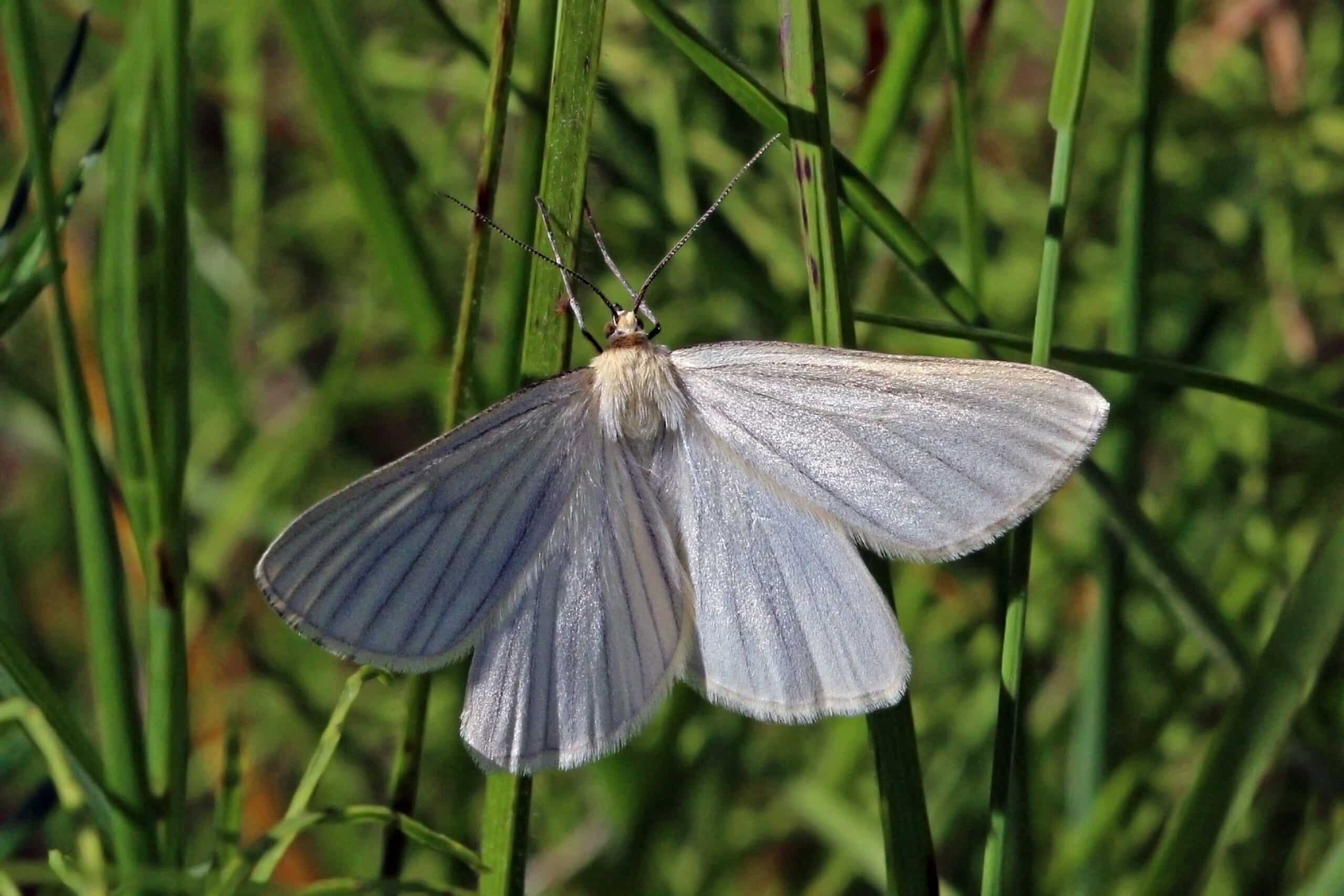Wondering what went right this week in the conservation world? We’ve got you covered with our Conservation Optimism Round-Up! We are collating stories of optimism from around the globe so that you never miss your dose of weekly motivation.
1. Rare BC Reefs Are No Longer Threatened by Offshore Drilling
” Glass sponge reefs, which are ancient living creatures only found in B.C.’s cold, deep waters are no longer threatened by future oil and gas drilling.”
Thanks to the decision of industry, 5,700 sq km of marine area are being conserved in #BC, including rare Glass Sponge #Reefs that are home to numerous #fish species!#Canada #conservationoptimism #LetNatureThrive https://t.co/VD2Q8Ltng7
— Global Conservation Solutions (@_GCS_) May 6, 2023
2. Indigenous women in Colombia protect rich Amazonian wetland from overfishing
” After partnering with environmental organizations to establish a fishing agreement in the area, they have witnessed the increase and recovery of fish species such as sardines, catfish and the pirarucu (Arapaima gigas).”
Indigenous women in Colombia’s Amazon are restoring a wetland ecosystem impacted by overfishing.
— SHOAL (@Shoal_Org) May 4, 2023
A superb example of Indigenous knowledge benefiting the surrounding ecosystem 🌎 #ConservationOptimismhttps://t.co/XkRN3pcSf7
3. Farmers help conservationists to revive rare moth
“The black-veined moth was on the verge of extinction in 1995 and was only visible in two fields.Since then, a project to revive the species was launched and volunteers are helping conservationists monitor progress. ”
Farmers are helping conservationists to revert unproductive fields to chalk grassland in an attempt to revive a species of moth only found in East Kent.https://t.co/PrZyMITaFG #ConservationOptimism @Buzz_dont_tweet
— Nina Seale (@hirundonova) May 2, 2023
4. Hawaiian communities restore Indigenous conservation, from mountains to sea
” Three Indigenous communities that have successfully reintroduced the ahupua’a system are seeing some conservation successes, such as a 310% increase in the biomass of surgeonfish and an increase in the Bluespine unicornfish (Naso unicornis) population. ”
Another place where Indigenous conservation is leading the way. My news to me good news for May 2. #EarthOptimism #OceanOptimism https://t.co/bibfNWa7Sf
— Dr. Nancy Knowlton (@SeaCitizens) May 2, 2023
5. Philippine tribe boosts livelihoods and conservation with civet poop coffee
” Ensuring the civets can continue to roam the forests unharmed also ensures that they spread the seeds of coffee and other fruit trees far and wide, shoring up the local ecosystem.”
Thanks to a unique relationship between the #B'laan people and the collection of #coffee seeds defecated by the #Philippine Palm #Civet, the wild civet and human populations are thriving!#civetcoffee #livelihoods #conservationoptimism #LetNatureThrive https://t.co/eq5vfof0dh
— Global Conservation Solutions (@_GCS_) May 2, 2023
6. Return of endangered twaite shad to spawning grounds celebrated
” The return of an endangered fish to its spawning grounds on the River Severn will be celebrated at an underwater viewing gallery. “
Return of endangered twaite shad to its spawning grounds on the River Severn celebrated --> #ConservationOptimism@SevernUnlocked @CanalRiverTrust @EnvAgency @severnrivers @NaturalEngland https://t.co/U2TQr1ol3r
— SHOAL (@Shoal_Org) May 2, 2023
7. Red coral kukri sightings in Bangladesh prompt call to save rare snake habitat
” The red coral kukri (Oligodon kheriensis) is endemic to a small region of the Himalayan tracts of northern India and Nepal; the snake species was first spotted in Uttar Pradesh in India in 1936. ”
The red coral kukri, a poorly studied snake species, is endemic to a small region of the Himalayan tracts of northern India and Nepal. The snake species was first spotted in India in 1936. https://t.co/Xoborvmp7S #ConservationOptimism
— InternetOfElephants (@ioelephants) May 1, 2023
Have a story to share for our weekly round-up? Use #ConservationOptimism on Twitter, Facebook, LinkedIn and Instagram!


